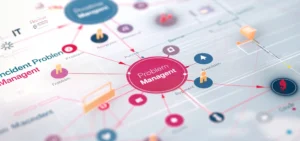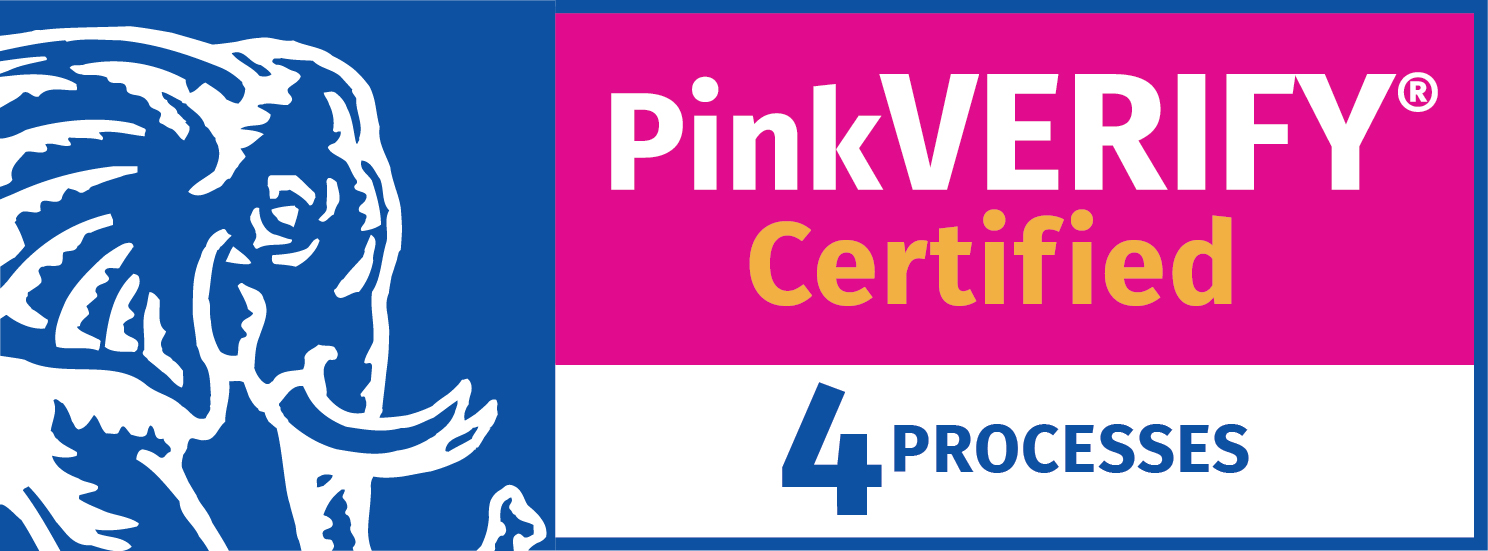In today’s AI-driven landscape, ChatGPT has taken center stage, sparking discussions about its impact on jobs, its pros, cons, and the potential risks of unregulated AI. While debates abound, one cannot overlook the myriad opportunities ChatGPT offers in IT Service Management (ITSM). This blog aims to demystify ChatGPT, shedding light on how it works and exploring practical applications in ITSM. We’ll also discuss considerations for organizations looking to embrace this technology.

Understanding Generative AI and ChatGPT
Generative AI relies on algorithms to generate new data patterns from extensive training datasets. It includes various types such as Generative Adversarial Networks (GANs), Variational Autoencoders (VAEs), Recurrent Neural Networks (RNNs), and Transformer Models. ChatGPT falls under the category of Transformer Models, leveraging OpenAI’s Generative Pre-trained Transformer (GPT) architecture to produce context-aware text responses dynamically.
How ChatGPT Functions
ChatGPT operates by predicting word sequences in natural language to create grammatically correct and contextually relevant text. This process involves three key phases:
- Pre-training: ChatGPT learns language patterns from a vast corpus of internet text, without access to specific documents or confidential data. It predicts the next word in a sentence by discerning patterns in the data.
- Fine-tuning: The model undergoes fine-tuning by human reviewers following guidelines. This aligns its behavior with desired standards.
- Generating Responses: In response to input, ChatGPT generates a series of tokens (words) to form a response based on training patterns. It creates contextually relevant answers while paying attention to input words.
Benefits of ChatGPT
The benefits of ChatGPT in ITSM are akin to traditional AI and automation:
- Enhanced User Experiences: ChatGPT-powered chatbots and virtual assistants elevate service quality for users and providers.
- Workload Reduction: IT personnel experience reduced workloads, allowing them to focus on higher-value tasks and address skill shortages.
- Improved Service Availability: Speedy issue resolution increases service availability, enhances productivity, and reduces downtime.
- Cost Savings: Efficient resource allocation leads to tangible cost savings.
Practical ITSM Applications
Concrete ITSM use cases for ChatGPT include:
- Incident Management: ChatGPT provides automated initial support, guiding users through troubleshooting steps and resolving some issues without human intervention.
- Knowledge Management: Efficiently managing and searching an IT organization’s knowledge base, providing rapid and accurate solutions to IT staff and end-users.
- Service Request Management: Automation of tasks such as password resets and software installations, expediting request handling.
- Self-service Capabilities: Empowering chatbots to retrieve essential information from knowledge articles and diverse sources.
- IT Asset Management: Integration with IT asset tools for quick access to asset status, availability, and history.
- Automated Notifications: Prompt creation and dispatch of status updates on IT issues.
- Training: Generation of training materials and scenarios to equip IT teams for diverse challenges.
Considerations and Limitations
While ChatGPT offers immense potential, it’s important to be aware of its limitations:
- Data Limitations: ChatGPT’s responses are based on information available up to September 2021 and may not reflect recent events.
- Accuracy Challenges: It may occasionally generate incorrect or nonsensical answers and lacks ongoing contextual awareness.
- Quality of Training Data: Effectiveness depends on the quality and relevance of its training data.
- Inconsistencies: Responses may vary based on input phrasing, and the model might inadvertently reflect biases from its training data.
- Human Interaction: ChatGPT cannot replicate the nuances and empathy of human interaction, particularly in dealing with frustrated users.
- Response Length: Responses may become overly lengthy or complex, potentially overwhelming end-users.
In conclusion, ChatGPT’s integration into ITSM offers substantial benefits, but organizations should be mindful of its capabilities and limitations. By harnessing its power strategically, businesses can enhance user experiences and streamline IT operations.





